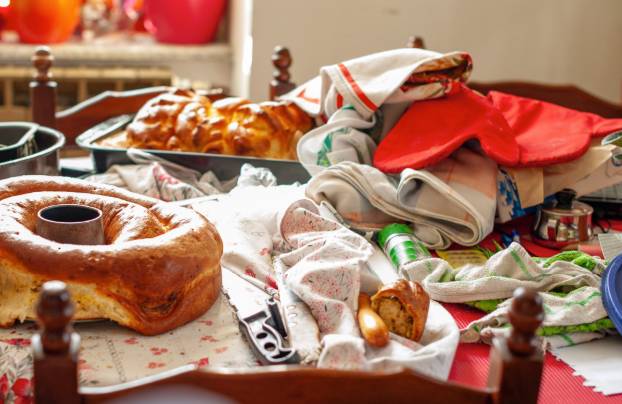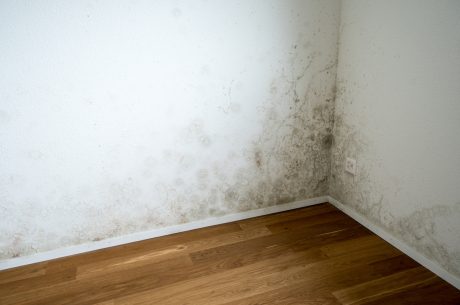Hoarding can lead to unsafe living conditions, making it difficult for emergency services to navigate through homes in an emergency. Moreover, the psychological burden of living in such environments can exacerbate anxiety and depression, creating a vicious cycle that is hard to break. Acknowledging the complexity of hoarding is the first step toward addressing its challenges and finding effective solutions.
What is Hoarding?
Hoarding is a mental health disorder characterized by the persistent difficulty in discarding or parting with possessions, regardless of their actual value. This behavior often results in cluttered living spaces that can become unmanageable. The disorder is recognized by its overwhelming impact on daily living, affecting the individual’s ability to perform basic tasks such as cooking, cleaning, and personal hygiene.
Common Reasons for Hoarding
People hoard for various reasons, including emotional attachment to items, fear of needing them in the future, or a belief in the intrinsic value of their possessions. Unfortunately, these reasons can lead to harmful environments. Emotional attachments may stem from significant life events or memories associated with certain items, making them seem irreplaceable.
How Hoarding Leads to Mold Growth
Mold thrives in damp, warm, and poorly ventilated areas—conditions often found in homes with hoarding. Piles of clutter can obstruct airflow and trap moisture, creating perfect breeding grounds for mold. Mold not only damages property but also poses significant health risks to those living in these environments.
The accumulation of items can prevent regular cleaning and maintenance, allowing leaks and spills to go unnoticed. The hidden nature of mold growth in cluttered spaces makes it even more dangerous, as it can spread extensively before being detected.
Mold Inspection and Removal
Regular mold inspections are vital in hoarder homes to prevent mold growth. Professionals trained in mold removal can safely and effectively eradicate mold, reducing health risks and preventing further damage to the property. These experts use specialized equipment to detect mold, even in hidden areas, ensuring thorough removal.
Preventive measures, such as improving ventilation and addressing leaks immediately, are crucial in reducing the risk of mold recurrence. Educating individuals about the importance of maintaining a dry and clean environment can empower them to take proactive steps in preventing mold growth.
Water Damage: A Common Problem in Hoarder Homes

Water damage is another significant issue in hoarder homes. Leaks, spills, or even flooding can go unnoticed from the overwhelming clutter. This can lead to extensive water damage over time. Clutter can impede quick responses to water-related incidents, allowing damage to worsen and become more expensive to repair.
In hoarder homes, water damage often goes unchecked, seeping into walls, floors, and foundations. Over time, this can compromise the structural integrity of the home, leading to potential collapses or other hazardous situations.
Water Damage Restoration
Professional water damage restoration services are essential for addressing these issues. These services include removing excess water, drying affected areas, and restoring damaged structures to prevent further deterioration. Restoration experts use advanced techniques to salvage as much of the property as possible, minimizing losses.
Biohazards in Hoarder Homes
Biohazards pose a serious risk in homes affected by hoarding. These can include decaying food, animal waste, and other hazardous materials that can cause illness or infection. The presence of biohazards often results from neglect and the sheer volume of items, which makes cleaning and maintenance challenging.
In severe cases, biohazards can attract pests, further increasing the risk of disease transmission. The accumulation of waste and organic matter creates unsanitary conditions that are hazardous to anyone entering the home. Addressing biohazards is crucial for restoring a safe living environment for inhabitants.
The Role of Biohazard Cleanup
Biohazard cleanup is a critical step in addressing the dangers in hoarder homes. Trained professionals can safely remove hazardous materials, ensuring the home is safe for inhabitants. These specialists use protective gear and specialized equipment to handle and dispose of biohazards properly, minimizing the risk of contamination.
The process involves a thorough cleaning and sanitization of affected areas, restoring them to a safe and livable state. Education and support for the individuals involved are also crucial, helping them understand the importance of maintaining a clean environment. By addressing biohazards, individuals can reclaim their homes and their health.
The Importance of Professional Hoarding Cleaning Services

Addressing the dangers of hoarding is not a task to be taken lightly. Professional hoarding cleaning services provide the expertise and resources to safely clear out clutter and address potential hazards. These services are tailored to meet the unique needs of each situation, ensuring a compassionate and effective approach.
The involvement of professionals can make the process less overwhelming for individuals affected by hoarding. They bring not only the necessary skills but also an understanding of the emotional challenges involved, offering support and guidance throughout the cleanup process. This comprehensive approach is essential for achieving lasting change.
Steps to Take If You or a Loved One Is Affected by Hoarding
If you or someone you know is affected by hoarding, taking action is crucial. Start by seeking professional help, such as mental health professionals and hoarding cleaning services, to address the psychological and physical aspects of hoarding.
Therapy, counseling, and support groups can provide valuable tools and a sense of community to help change behaviors and offer encouragement.
Regularly inspect the home for signs of mold, water damage, and biohazards to prevent further harm, with the assistance of professionals for peace of mind. After cleaning, implement a maintenance plan that includes regular decluttering sessions, organizing possessions, and daily habits to maintain cleanliness.
Open communication with family members can help foster cooperation and accountability in keeping the environment safe and clutter-free.
Conclusion
Hoarding is a serious issue that can lead to dangerous living conditions, including mold growth, water damage, and biohazards. By understanding these risks and seeking professional help, individuals affected by hoarding can reclaim their living spaces and improve their quality of life. Addressing the psychological aspects of hoarding is as important as dealing with the physical clutter, ensuring holistic and sustainable solutions.
Taking proactive steps to address hoarding not only protects the home but also the health and well-being of its inhabitants. Don’t wait until it’s too late—seek help and take action today to mitigate the dangers of hoarding.
For expert hoarding cleaning services, as well as mold remediation and water damage restoration, contact our team at PuroClean Emergency Restoration in Linthicum Heights.




 PuroClean Emergency Restoration
PuroClean Emergency Restoration